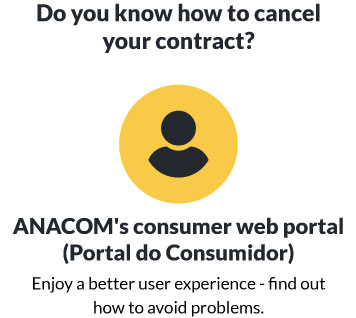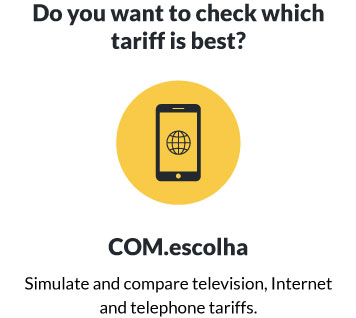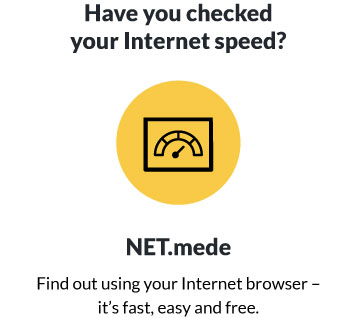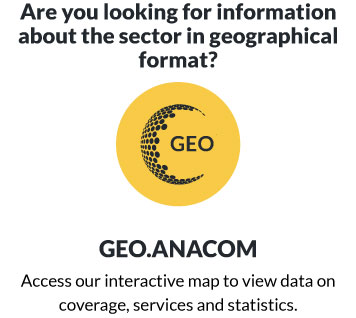At the end of 2015, six out of every ten subscribers to the fixed broadband service in Portugal had accesses with theoretical download speeds of over 30 Mbps, and three out of every ten used accesses with speeds equal to or greater than 100 Mbps.
The number of fixed broadband customers grew by about 9.5% in 2015, increasing to 2.99 million. This increase outpaced the average annual growth rate of the last five years (8.5%).
In 2015, there were 3.14 million accesses to fixed broadband, 10% more than in 2014. Cable networks, expanding by 5.3% in 2015, regained the lead as the main network used in Portugal to access the Internet at a fixed location, overtaking ADSL which had been the leading network since 2004. Cable networks now account for 33.8% of total accesses, while, with a reduction of 4.7% in the number of accesses, ADSL represents 33.1% of total accesses.
At the end of 2015, optical fibre (FTTH/B) already made up 26.6% of fixed broadband accesses, and was the technology that contributed most to the growth reported in total accesses. The number of optical fibre accesses increased by 34.3% during 2015, with penetration of these accesses in Portugal increasing to 8.1 per 100 inhabitants.
Accesses using LTE at a fixed location also saw an increase in 2015, expanding to 200 thousand accesses at the end of 2015, corresponding to 6.5% of total accesses.
At the end of 2015, the fixed broadband penetration rate in Portugal exceeded 30 accesses per 100 inhabitants (30.3%), increasing 2.7 percentage points compared to 2014. The penetration rate among residential customers of broadband at a fixed location was reported at 44 customers per 100 dwellings and 64.4 customers per 100 private households.
About 96.2% of all fixed broadband service subscribers acquired the service as part of a bundle of services.
In terms of market shares, at the end of the year, MEO reported a share of 44% of fixed broadband customers, compared to 48.1% in 2014; Grupo NOS had 36.4% of fixed broadband customers, compared to 34.7% in the previous year, while Vodafone, with 14.8%, was provider whose share grew most (3.5 percentage points). Grupo Apax, which includes Cabovisão and ONI, had 4.4% of customers compared to 5.5% in 2014.
Total revenue derived from this service (stand-alone and multiple-play bundles that include the service), totalled 1.511 billion euros, increasing 26.5% over the previous year; this results from an increase in triple/quadruple/quintuple-play revenues, representing 88.4% of total revenues.
With regard to mobile broadband, there were over 5.5 million actual users in 2015, 8.2% more than in the previous year.
The number of users via tablet/PC (572 thousand) fell by 15.1%, but growth in smartphones and in the number of mobile phone Internet users more than offset this decline.
Each active mobile broadband user consumed on average 1.25 GB per month (1.07 GB in 2014), the highest on record.
In terms of provider shares of customers, MEO reported a share of 43.9% of mobile broadband customers, compared to 44.6% in 2014; followed by NOS with 28.4%, versus 23.4% in 2014; and Vodafone with 27.4% versus 31.8% in 2014. NOS overtook Vodafone in the last quarter of the year.
The service's penetration rate was 53.2 users per 100 inhabitants at the end of 2015, rising 4 percentage points in 2014, and turnover totalled 306 million euros.
Consult the statistical report:
- Internet access service - 2015 https://www.anacom.pt/render.jsp?contentId=1380922




